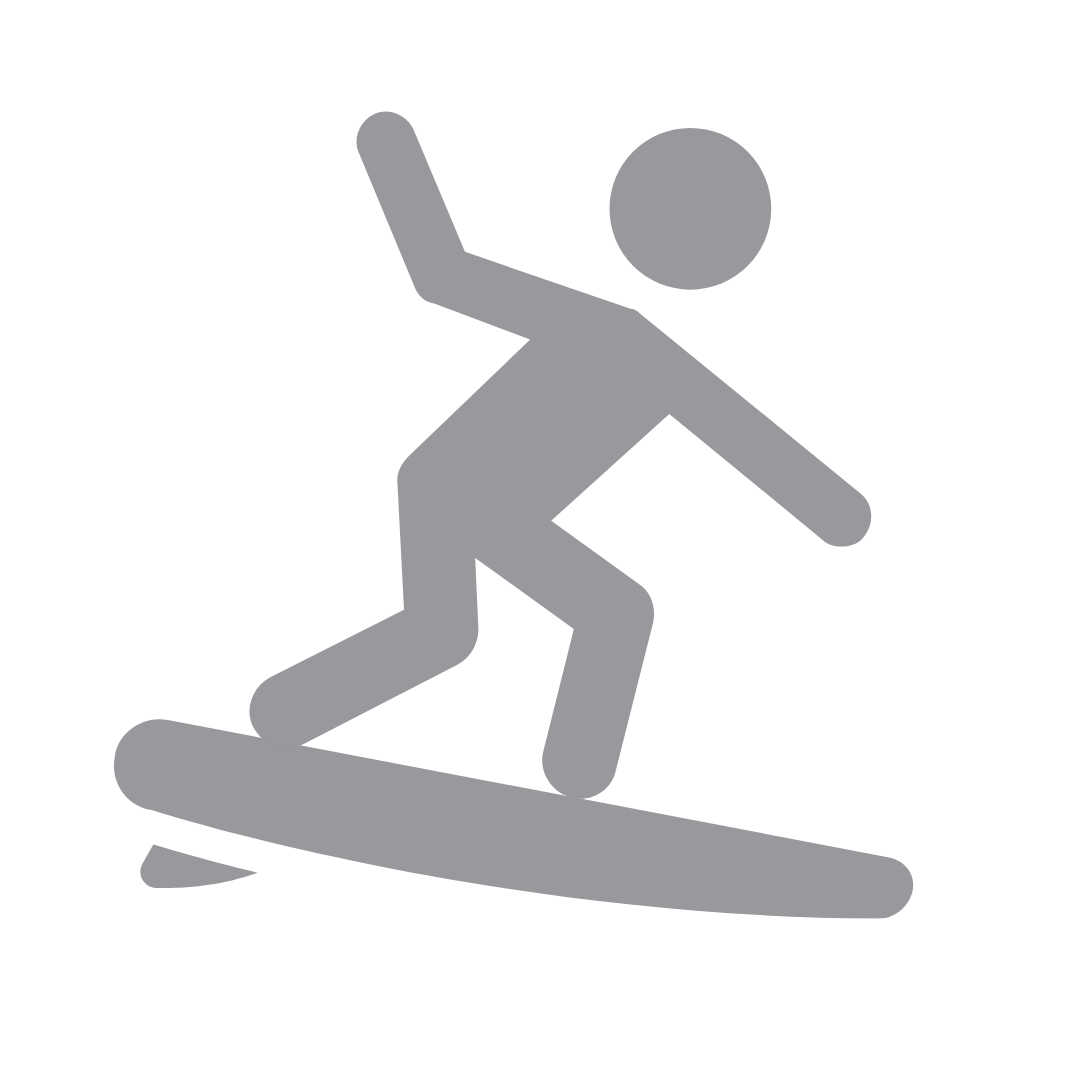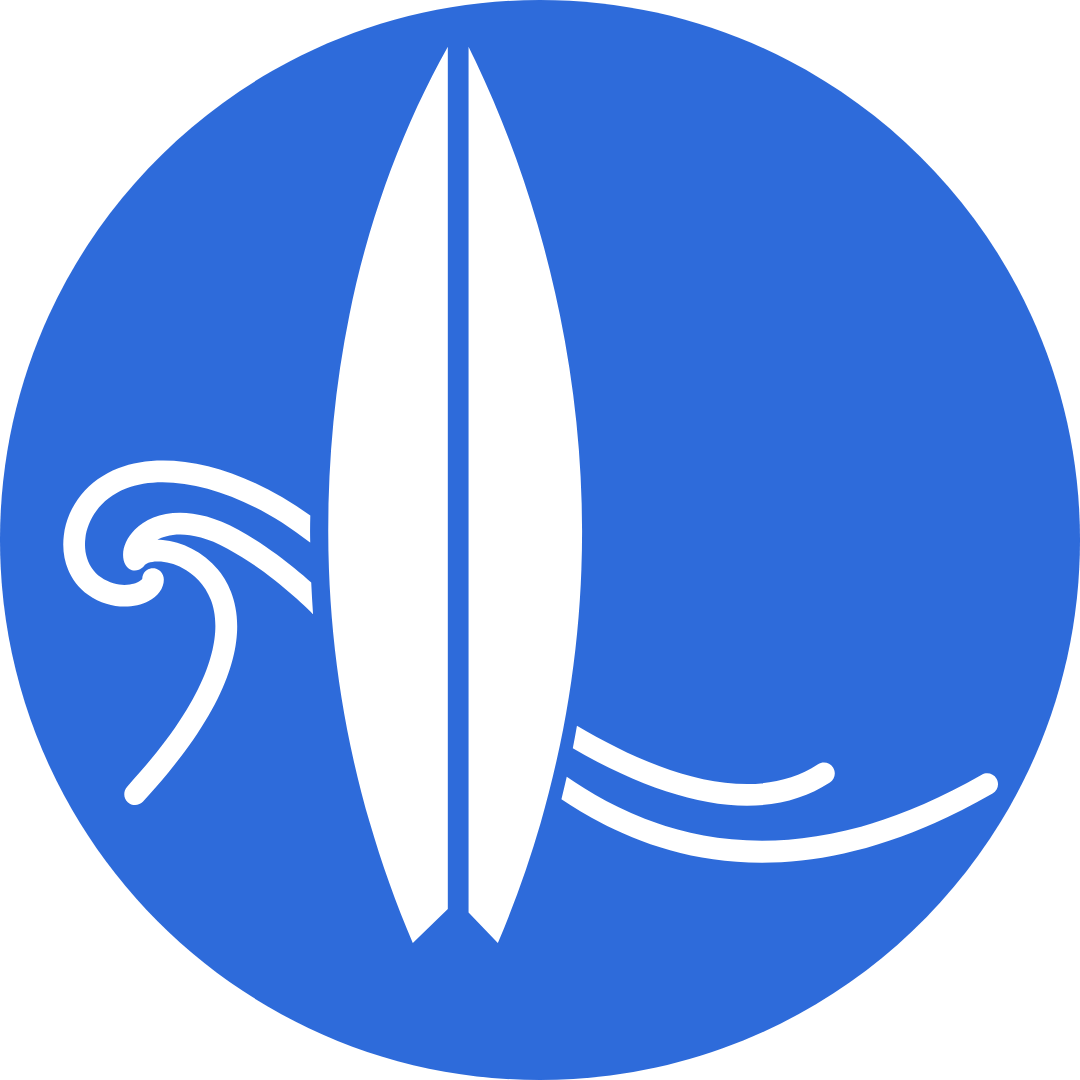Posted by Rick Civelli | 04.15.2011 | WB Surf Camp News
The Rebirth Of Hawaiian Surfing: Surfing Spreads Internationally
The sport of surfing has evolved immensely over the past hundred years. Each year, the number of surfers worldwide multiplies as technology and innovation continue to redefine the limits of wave riding. However, the sport would not be where it is today if it weren’t for a handful of pioneers who set the foundation of modern day surfing. We are able to pinpoint the origin of most modern sports, howeverthe exact date that surfing emerged as a sport is unknown. Surfing originated as a way of life in Polynesian fishing cultures. Those who could prove their skills in the ocean were given status beyond their normal position in the tribe. Throughout this era, surfing influenced religion, social ranking, and determined the structure of coastal communities. Check out The Roots Of Surfing for more on surfing’s early history and origin.
We are able to pinpoint the origin of most modern sports, howeverthe exact date that surfing emerged as a sport is unknown. Surfing originated as a way of life in Polynesian fishing cultures. Those who could prove their skills in the ocean were given status beyond their normal position in the tribe. Throughout this era, surfing influenced religion, social ranking, and determined the structure of coastal communities. Check out The Roots Of Surfing for more on surfing’s early history and origin.
In 1898 the United States annexed Hawaii. By this time there was a rapid decline in Hawaiian surfing with the exception of a few isolated spots. The developments of a cash economy, newly introduced diseases, and strict moral conservatism of Christian missionaries were factors that led to surfing’s dwindling presence. Between 1778 and 1900 it’s estimated there was an 80% decline in Hawaii’s population. Luckily, a revolution for the sport of surfing would emerge over the nineteenth century as key discoveries and surfers launched the sport back into mainstream Hawaii and beyond.
 In 1905, a group of native Hawaiians began the informal Hui Nalu (surf club), which resuscitated native Hawaiian interests into the sport. This small group of surfers would eventually become known as the “Beach Boys of Waikiki.” Shortly after, in 1907, journalist Alexander Hume Ford accompanied the famous writer Jack London for a year exploring the surf of Waikiki. Amazed by the power and bliss of riding waves, Jack London published his book, A Royal Sport: Surfing in Waikiki, which included descriptions of Waikiki’s surf. His detailed descriptions of surfing soon gained public attention as crowds started showing up at Waikiki to witness the astonishing sport. On May 1, 1908 Hume founded the Hawaiian Outrigger Canoe Club, the first modern club dedicated to the perpetuation of wave-riding. The club offered dressing rooms and huts on the beach for board storage. Before long, hundreds of surfboards could be found along the beach of Waikiki.
In 1905, a group of native Hawaiians began the informal Hui Nalu (surf club), which resuscitated native Hawaiian interests into the sport. This small group of surfers would eventually become known as the “Beach Boys of Waikiki.” Shortly after, in 1907, journalist Alexander Hume Ford accompanied the famous writer Jack London for a year exploring the surf of Waikiki. Amazed by the power and bliss of riding waves, Jack London published his book, A Royal Sport: Surfing in Waikiki, which included descriptions of Waikiki’s surf. His detailed descriptions of surfing soon gained public attention as crowds started showing up at Waikiki to witness the astonishing sport. On May 1, 1908 Hume founded the Hawaiian Outrigger Canoe Club, the first modern club dedicated to the perpetuation of wave-riding. The club offered dressing rooms and huts on the beach for board storage. Before long, hundreds of surfboards could be found along the beach of Waikiki.
The formation of these two clubs instigated public following as more and more people became fascinated with the sport of kings. They often held friendly competitions in Waikiki while hundreds of spectators watched in awe. Over the next several years the Hawaiian Outrigger Canoe Club would gain over 1,200 members with hundreds more on the waiting list. This was the foundation for what was to come in the world of surfing.
In 1912 famous Hawaiian surfer and Olympic swimmer, Duke Paoa Kahanamoku played a major role in spreading the sport of surfing internationally. Duke was one of the founders of the Hui Nalu surf club and known as one of Hawaii’s best ocean watermen. On the way to the 1912 summer Olympics in Stockholm, Sweden, Duke passed through southern California and demonstrated his refined surfing skills at multiple breaks along the coast. By this time surfing had already emerged in California, although the techniques and style that Duke Kahanamoku displayed were unmatched by any previous surfers. Duke proceeded to win a gold medal in the 1912 Olympics and began traveling around the globe performing swimming exhibitions and surfing. Over the next ten years, Duke would share his gifted swimming and surfing abilities throughout Europe, Australia, and New Zealand. The movement that Duke generated during his era has gone unmatched and was critical in setting the foundation for modern-day surfing.
Over the course of a decade the sport of surfing went from being nearly extinct to gaining an immense following and spreading internationally. Key clubs, social organizations, and current surfers then became directly responsible for reviving the sport. Surfing continues to spread to the mainstream and even the mainland as it is now a billion dollar industry. Each contribution along the way adds to the history and shape of the sport that connects us to the ocean in an incredible way.
Stay tuned for Surfboard Evolution-
Steve-







 RENTALS
RENTALS LESSON
LESSON CAMPS
CAMPS ABOUT
ABOUT SHOP
SHOP